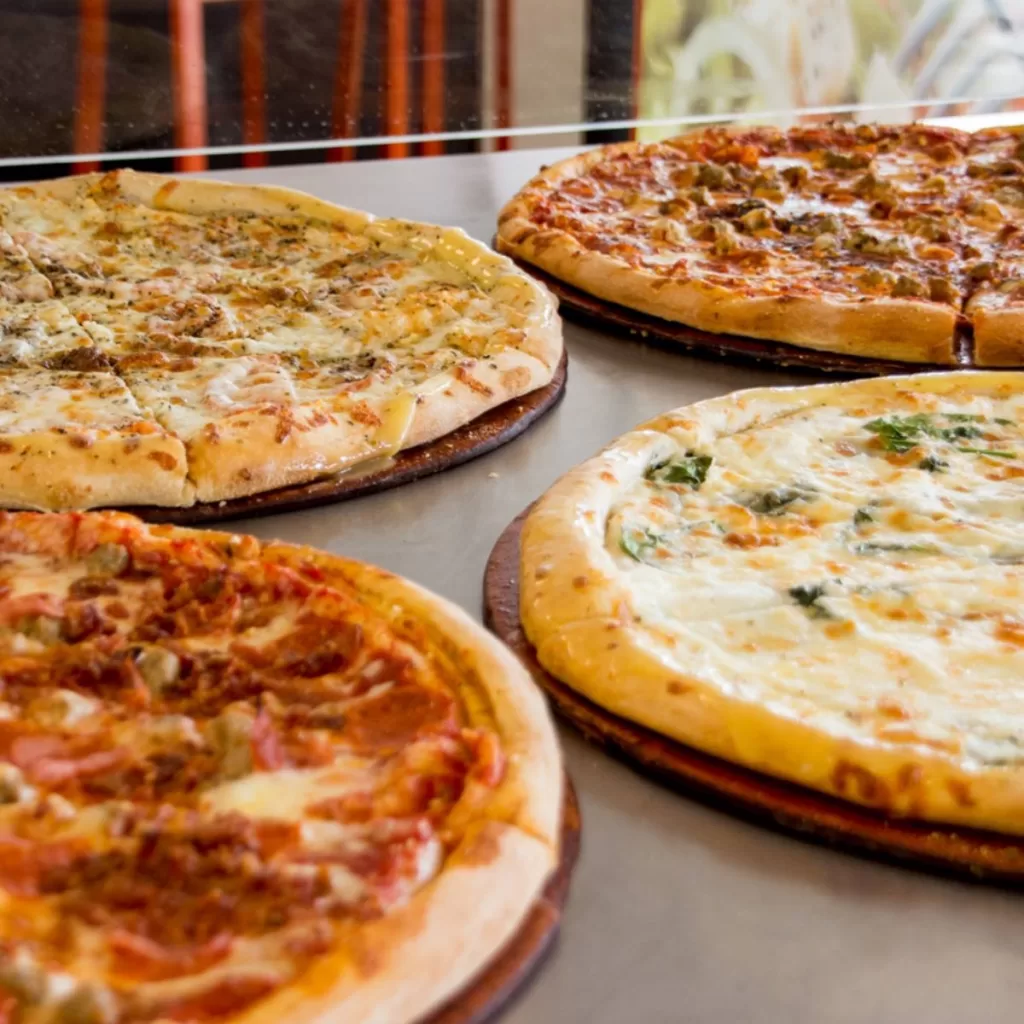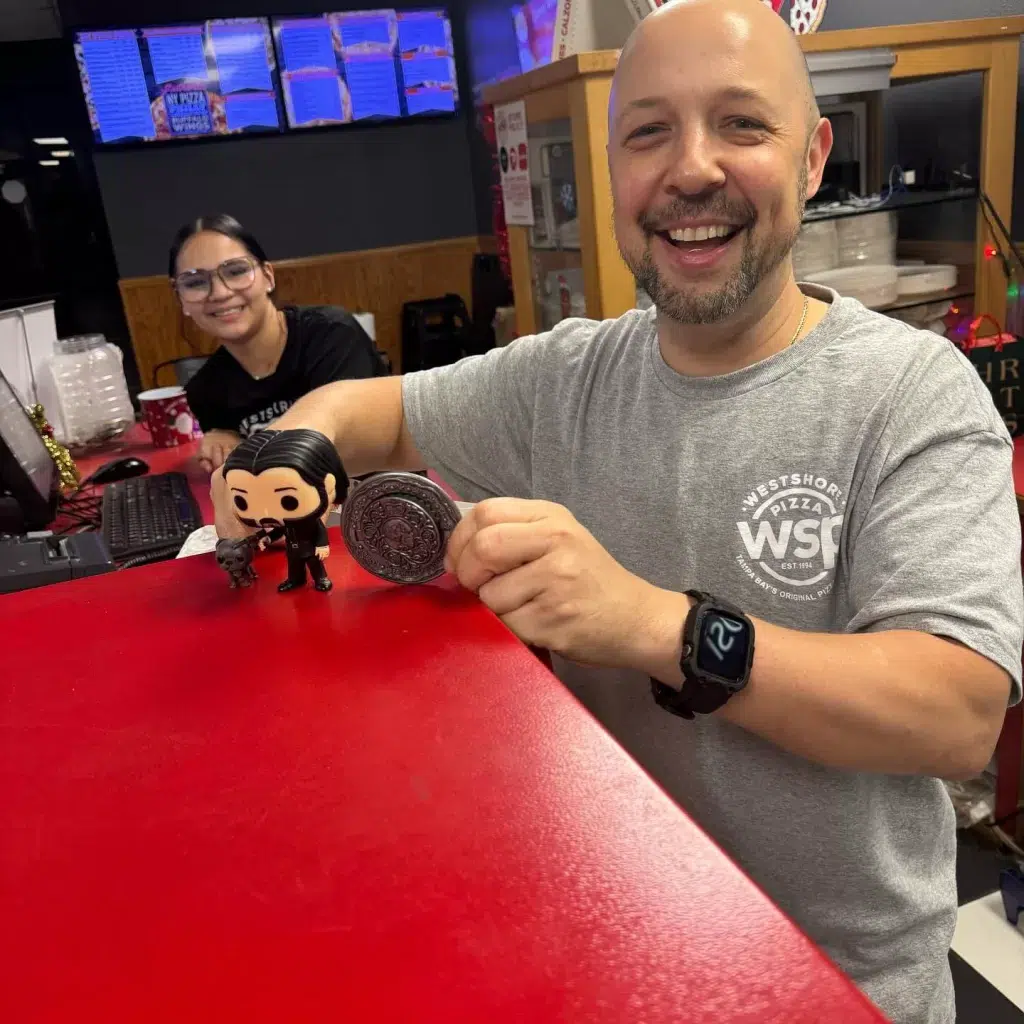
Why Team Building Matters
The experience of the customer will never exceed the experience of the team. I’ve used this quote in almost every single presentation I’ve done since I myself saw it in a presentation several years ago. I love it because it completely sums up the importance of team building. I mean who doesn’t want happy and engaged customers? I know I do. There’s no secret to why a certain chicken brand has been #1 in customer satisfaction ratinga for nine consecutive years.
Is your team that excited to serve your guests?
If the answer is no, then I would then ask if you as their leader are serving your team as happily as you want them to serve your guests?
I go back to the quote.
“The experience of the customer will never exceed the experience of the team.”
Now serving as the cornerstone philosophy in my leadership style, it implies that a happy and well-supported team translates to satisfied customers, who, in turn, become loyal patrons. The challenge for leaders is to create an environment that nurtures and empowers the team to provide outstanding service.
Remember a happy leader serves a happy team. A happy team serves happy guests. Happy guests reward us with repeat business.
Understanding The Cost Of Turnover & How to Beat It
The costs associated with replacing team members are staggering. The National Restaurant Association (NRA)b estimates that the average restaurant loses over $150,000 annually just from staff turnover. Studiesc show that replacing a full-time team member on average will cost a restaurant $5,864. Emphasizing the importance of investing in the development of existing team members.
The NRA also states that nearly 80% of restaurant managers started at the entry level. Reinforcing the idea that your next great leader might already be on your team. Identifying potential leaders within the team and providing them with opportunities for growth can significantly reduce turnover costs.
Investing in your team goes beyond traditional approaches. It’s not just about team building activities; it involves creating an atmosphere where team members feel valued and appreciated. This includes physical aspects such as maintaining a pleasant working environment, replacing broken equipment, or simply ensuring the comfort of the team. Investing in the team also requires you to take the time to really understand what your team actually needs.
As the workforce continues to get younger the needs are changing. Yes, senior managers still love a good 401k plan and healthcare optionsd. However, our newer folks are more interested in flexible schedules and paid time off. Team members often seek development of on and off-the-job skills, emotional intelligence training, and simply the assurance that their voices are being heard. Integrating training and activities that improve communication and social skills pay huge dividends to your team. Just as creating avenues for open communication strengthens connections.

Leaders Create More Leaders
There’s a team building exercise that I love to use in group settings. I ask for volunteers then hand them a pencil and paper. Once everyone has their supplies, I ask the group to draw a rhino. This exercise is fun and unique. I use it to demonstrate the importance of hands-on leadership as the goal is for everyone to draw their rhino the exact same way.
As you can imagine they start off pretty funny and by the end we have some fairly decent rhino drawings. The exercise conveys the idea that leaders should work shoulder-to-shoulder with their teams, guiding them toward a shared goal. The process of drawing the rhino symbolizes the leader’s role in guiding the team to consistency and success.
Key Skills for Effective Leadership
To master the art of team building, leaders should continuously develop three key skills: Mindset, Routine, and Communication.
- Mindset: Striking a balance between fixed and growth mindsets is crucial. Embracing challenges, persisting through obstacles, and viewing efforts as fruitful contribute to a growth mindset. Leaders should encourage positivity, celebrate small victories, and make interactions about more than just the job.
- Routine: Efficient routines are the backbone of a successful pizzeria. Leaders must focus on simplifying processes, making them teachable and repeatable. By understanding the cost versus benefit of routines, businesses can optimize their operations, ultimately resulting in increased productivity and free time.
- Communication: Effective communication is the linchpin of holding a team together. Leaders need to bridge the gap between information sent and received. Clear, consistent, and diverse communication methods, such as combining emails with a follow-up text, or in-person discussion help to ensure every team member is on the same page.
In the world of managing your pizzeria, team building is an art that requires careful cultivation. By investing in the team, identifying potential, and nurturing open communication, leaders can create an environment where success becomes a shared journey. Exercises like the rhino drawing beautifully illustrate the collaborative nature of effective leadership, highlighting that true leaders create future leaders. As the industry evolves, mastering the art of team building will remain a key ingredient for the sustained success of your pizzeria.

Tyrell Reed is a franchise executive and multi-unit franchise owner. Over the last 20 years Reed has seen his career blossom from dish washer to multi-unit franchise owner. Gathering a wealth of experience at every position along the way. Reed has served in senior leadership roles with multiple brands including Westshore Pizza, Fuzzy’s Taco Shop, Checkers/Rally’s & Moe’s Southwestern Grill.

